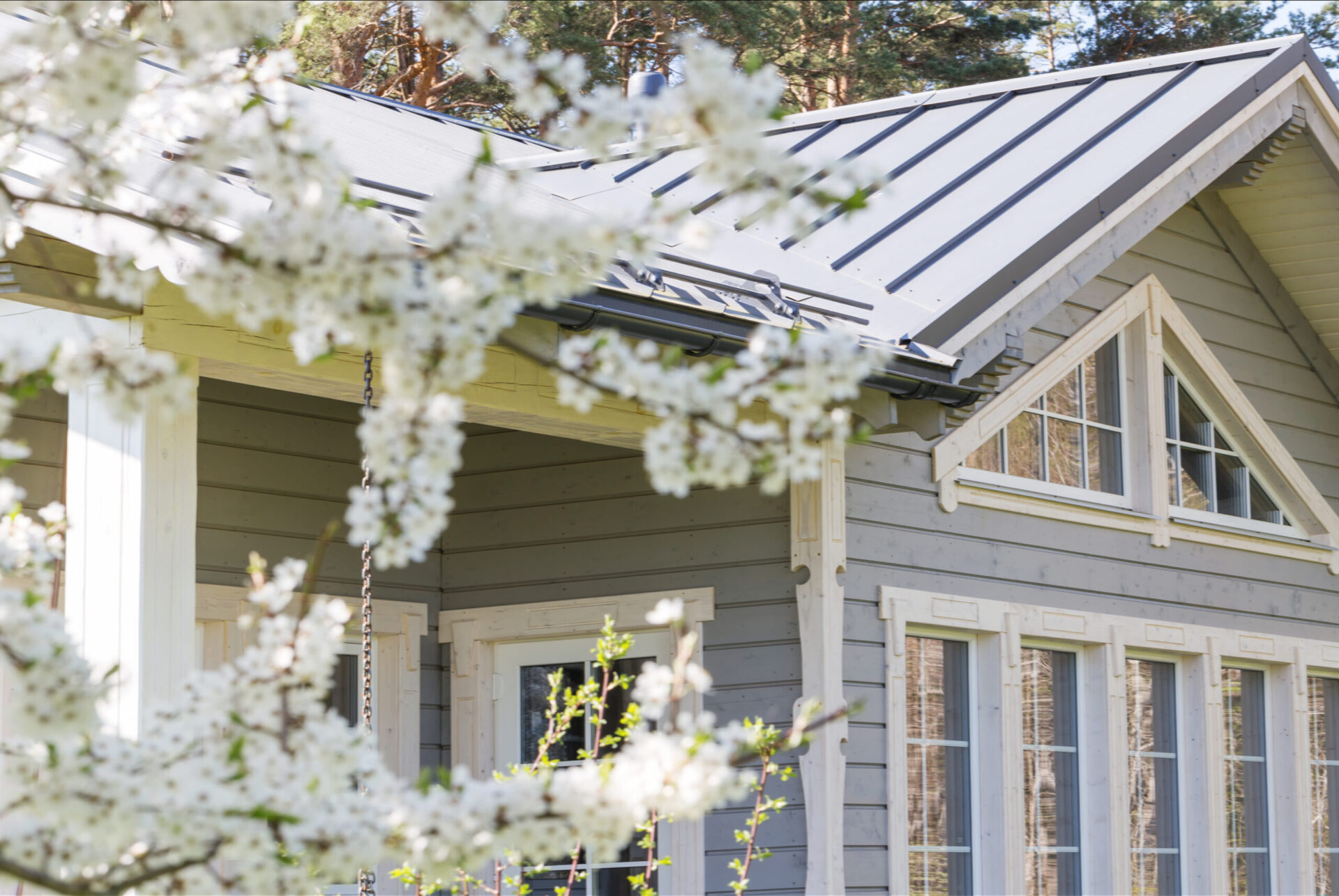Mortgage purchase locks increased at the start of the spring homebuying season despite ongoing challenges, setting the stage for more activity.
Rate lock volume increased by 5% from January to February despite rising rates, leading to a net rise in origination activity, according to Optimal Blue’s latest Originations Market Monitor report.
Purchase activity drove the surge, climbing 8.3% from January and buoying the numbers even as refinances tanked.
Purchase lock counts were up 7% from the month prior but decreased 7% YOY. It is the smallest such decrease since the Federal Reserve began its inflation fight in March 2022.
Rate/term refis were down 22.5% month-over-month, while cash-outs dipped by 3.1%.
All in all, 86% of last month’s originations were purchase mortgages while 14% were refis.
Rates started moving closer to 7% in February, hitting refinances especially hard. Homeowners are still clinging to sub-6% rates and have no reason to give them up while rates are high.
Those who have to move, however– whether due to return-to-office mandates, expanding families, or other life changes– may remember rates hitting 8% and jump to lock in a purchase before they can move any higher.
“As the spring buying season commenced, we saw a resurgence in purchase locks, despite the rise in interest rates,” said Brennan O’Connell, director of data solutions at Optimal Blue.
“Although lock counts were down on a year-over-year basis, the rate of decline is decelerating and suggests we may be nearing a floor for purchase lending in the current rate environment.”
Non-conforming loans saw gains, increasing their market share by 183 basis points and ending the month with 11% of total volume. Conforming loans claimed 57%, with FHA and VA loan shares declining somewhat.
ARMs remain a minor part of total share at just 6%, but did see a slight increase. ARMs tend to gain traction when rates are higher. But Optimal Blue said demand for ARMs will likely be constrained moving forward by economic concerns, especially the inverted yield curve.
Read More Articles:
How Much Should Buyers Put Down On A House?
Biden Addresses Housing Crisis In State Of The Union
Woman To Woman: Female Leaders Offer Advice To Others
Sign up for our free newsletter.
